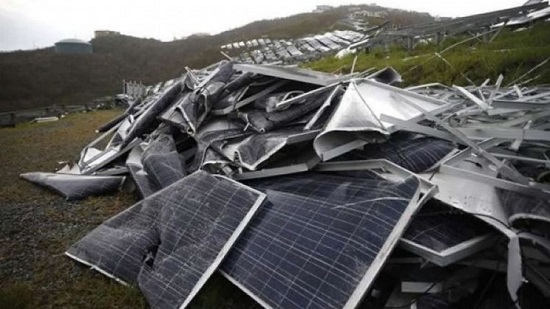 Saturday, October 5, 2024
Saturday, October 5, 2024  Saturday, October 5, 2024
Saturday, October 5, 2024 
Around the world, there is a massive push to reduce our reliance on fossil fuels for various reasons – chief among them the preservation of our home planet. Among the various strategies being developed, one tends to receive the most attention – renewable technologies, like solar panels.
Touted as being completely sustainable, such claims often gloss over – or worse, ignore – the very real damage caused through the production and use of this technology. Just like wind turbines, solar panels may have a darker side to their existence than most truly appreciate.
That’s not to say that solar PV panels should be abandoned outright, but that a more honest, and realistic, conversation be had about them.
To give you some idea of the scale of the problem, you can peruse some interesting data provided here. To give you the gist of it, this study, conducted by environmental journalists who favor nuclear power found that solar panels (over their lifetime) create somewhere in the region of 300 times more toxic waste per unit of energy than nuclear power plants.
If we were to assume that PV panels and nuclear power plants were to each produce the same amount of energy over the next 25 years that nuclear produced in 2016, the difference in waste produced would be significant. If we took the waste and stacked it on a football field, nuclear waste would reach about the height of the Leaning Tower of Pisa. Solar waste, on the other hand, would equate to about the height of two Mt. Everests.
Of course, the nature of the waste generated between the two is very different, but the quantity of the latter cannot be ignored. At present, the most likely final location for this waste is in landfills – not ideal to say the least.
Keep reading on InterestingEngineering.com